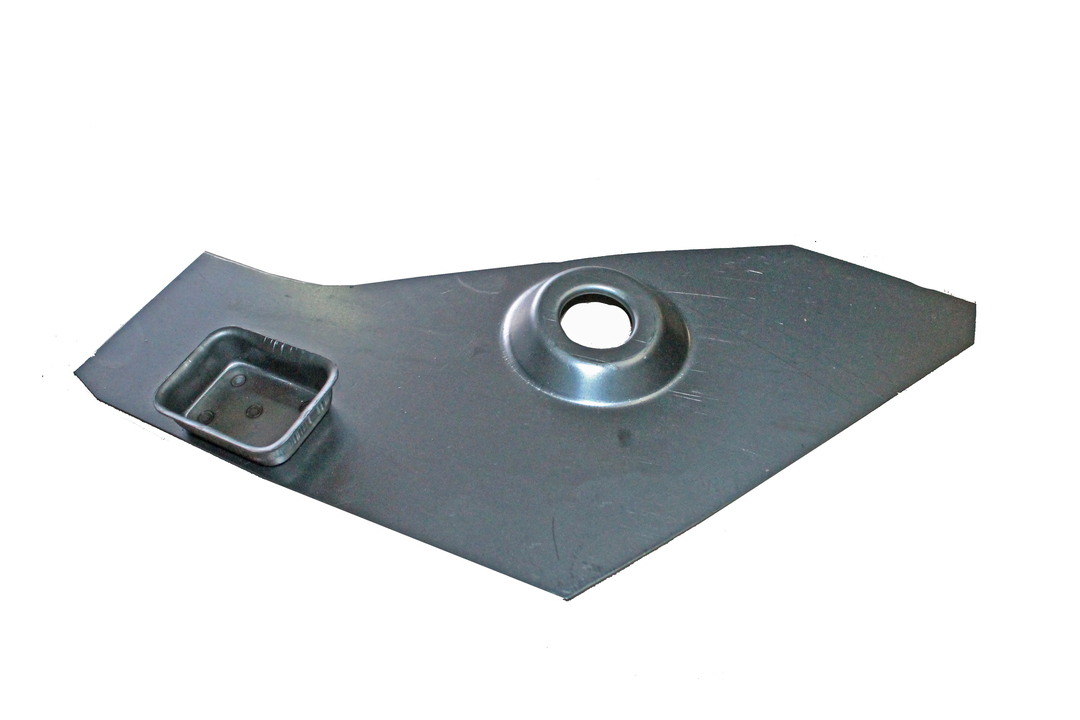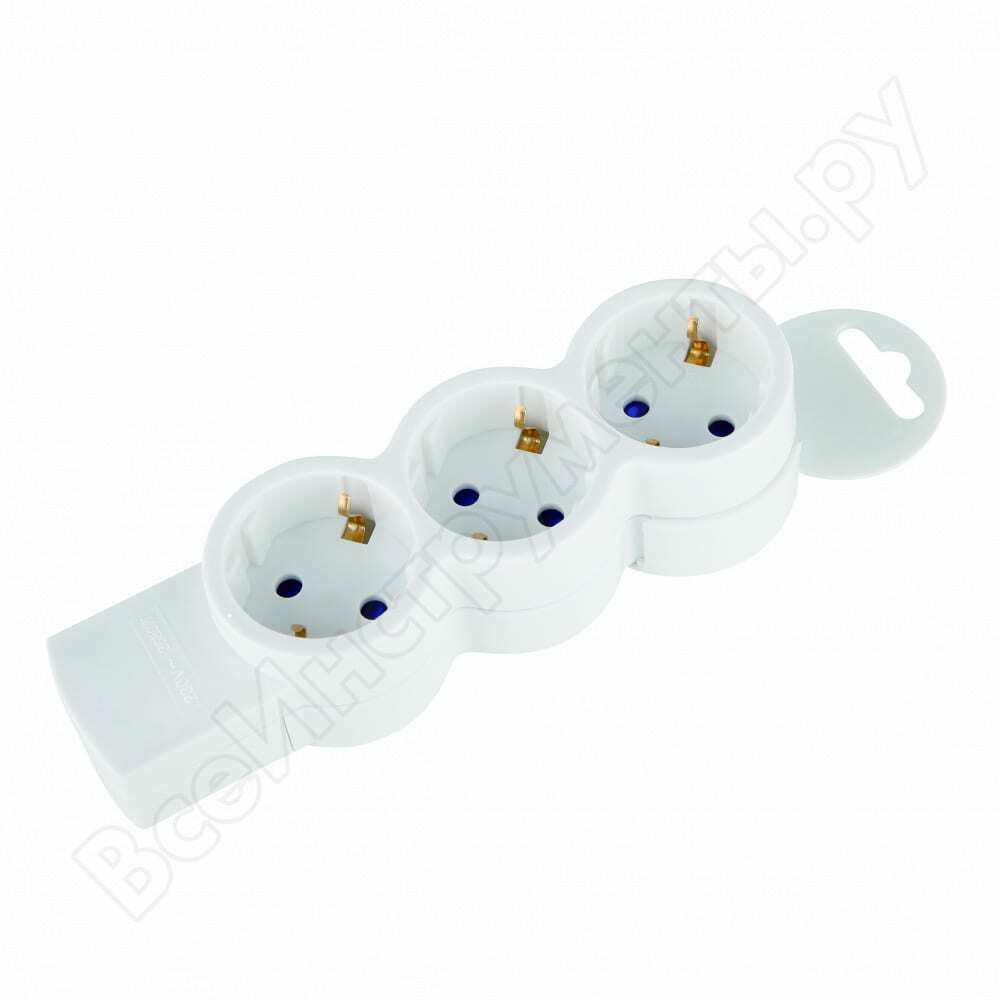The items originally used by people as containers for various drinks were far from perfect. The vessel could be an animal horn, a shell of a large bird's egg, or an amber clay product. The dishes were uncomfortable. The warmth in it could not be kept and had to be constantly held in the hand. On a flat surface, it fell due to instability.
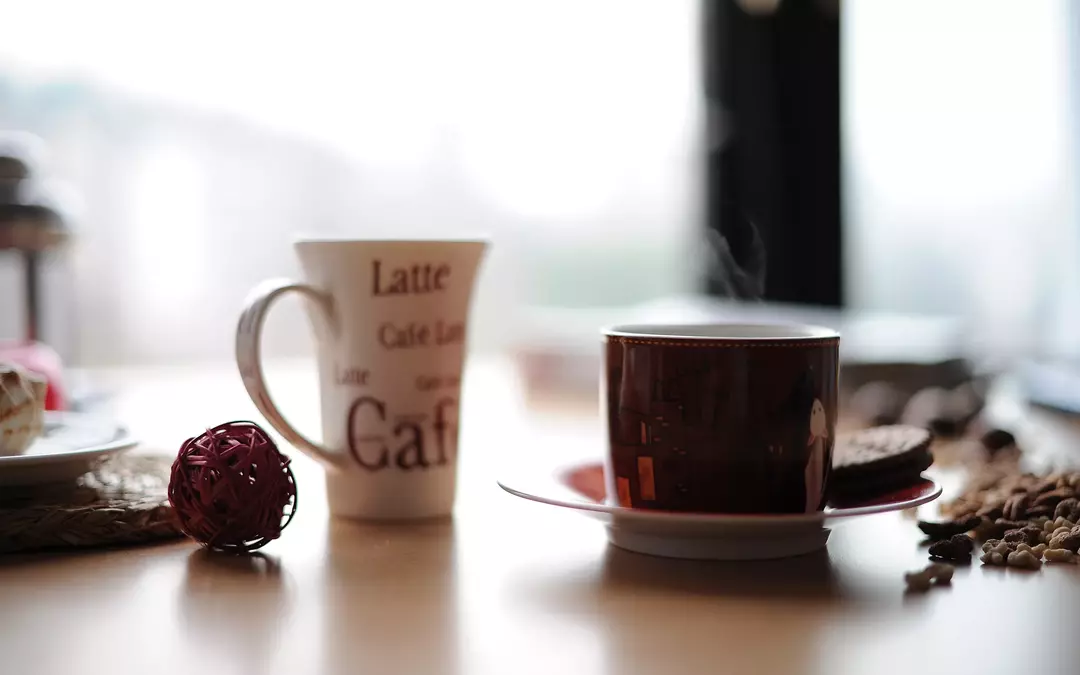
Today, the confusion with mugs and cups does not lose its relevance.
Soon, man learned to make dishes that served him for receiving hot and cold drinks and stood steadily on a flat surface.
Content
- 1 What is a mug and a cup
- 2 When were the first mugs and cups invented?
- 3 What are cups and mugs made of?
- 4 What is the difference and what is common between a mug and a cup
- 5 What can you drink from cups and mugs
- 5.1 Broth cups
- 5.2 Beer mugs
- 5.3 Tea cups and mugs
- 6 What is the correct name for a mug without a handle
- 7 Features of the care of cups and mugs
- 8 Conclusion
- 9 VIDEO: Original gift mugs from AliExpress.
What is a mug and a cup
The main defining point of how a cup differs from a mug is the parameters of the dishes. The mug is traditionally perceived as a vessel with a simple geometric shape. Often cylindrical or truncated. Usually cold drinks and hot drinks are served. For example, tea, juices, beer. First hot dishes are not suitable for mugs.

In one country, utensils for drinking tea and coffee are called a cup, because it looks more like a bowl, while in another it is called a mug.
The volume of such containers is larger. They have good stability and a handle for convenience.
Important! In different countries, both containers may perform the same function. This is correct, but confusing. In some countries, dishes designed for tea and coffee in the understanding of people are a cup. In other countries, a container with the same functionality is called a mug.
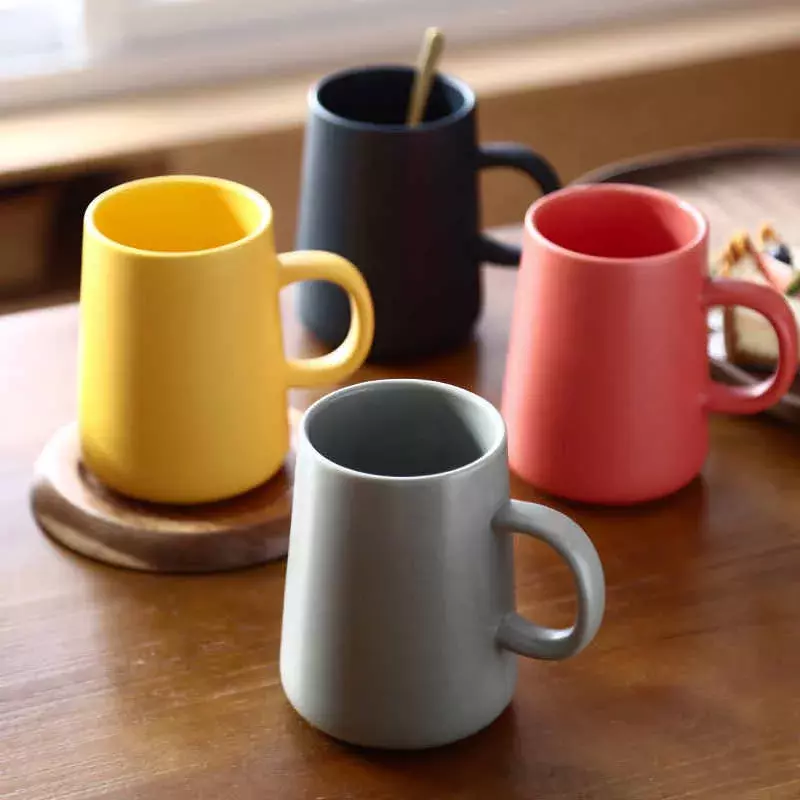


When were the first mugs and cups invented?
The earliest cups were intended for royalty. Noble wines were poured into them. They were made from porcelain or clay. The vessel did not have a handle, its shape was flat and rather it resembled a saucer. His pens appeared in the 18th century. The idea belonged to the British. They could now enjoy fresh hot drinks in comfort.
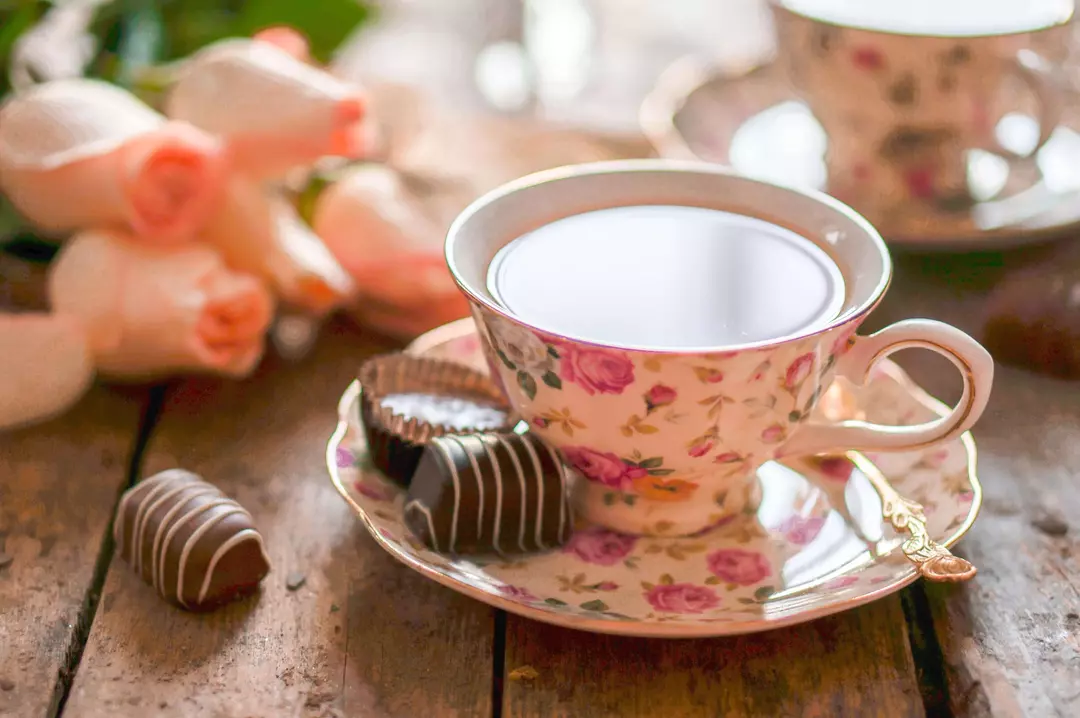
Pouring your favorite drink into a mug or cup, we rarely think about the history of two objects.
The first circles appeared in China. The appearance of the first samples differed from modern products, but the functions remained the same. They belonged to the peasant life and the life of the wealthy class.
Similar products of the 15th century resembled mini jugs with a cylindrical shape. In the 19th century, the aluminum mug appeared and became very popular. Its volume was up to 500 ml, so it often served as a vessel for collecting water to prepare food.
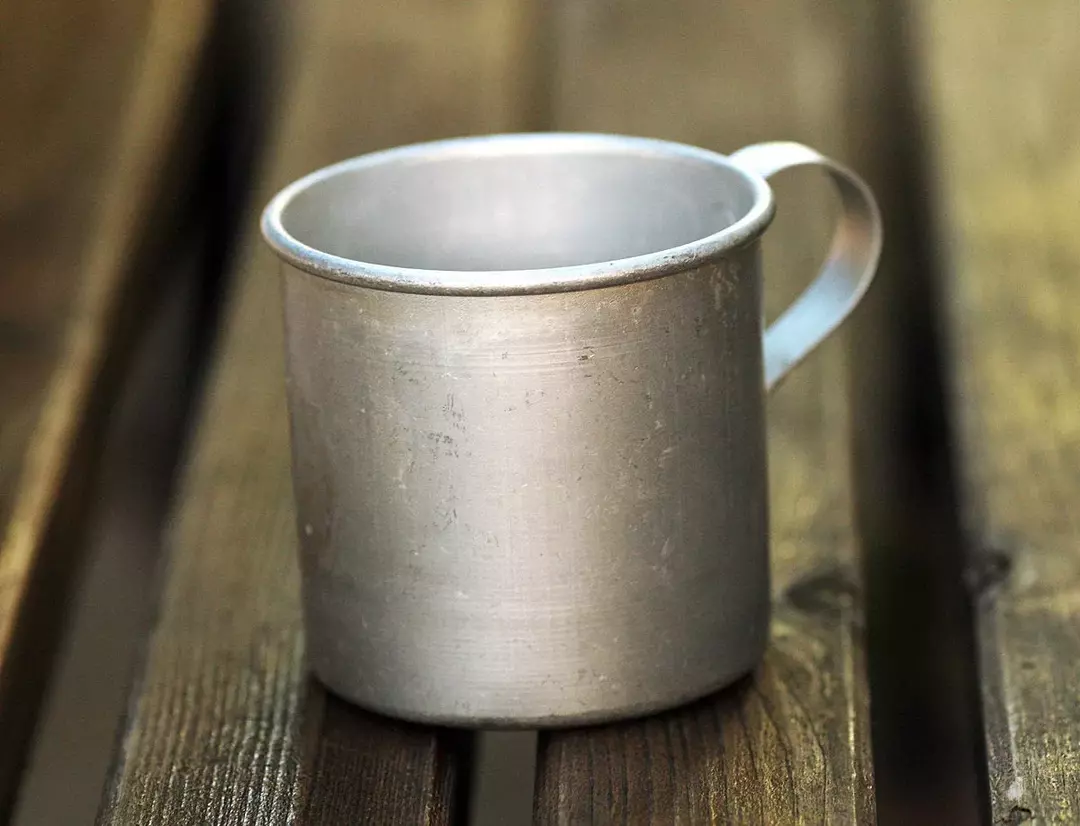
The mug appeared in the 19th century, it was made of light alloy so that the military could use it in the field.
Before the adoption of Christianity, in Russia, a mug was used to measure the amount of liquids (mead, water). Its volume was 1.23 liters. Clay varieties with a wide elongated shape, which lacked handles in Russia, were called "cups".
What are cups and mugs made of?
Cups and mugs have different wall thicknesses. The bottom of small containers is round, horizontal from the outside. This allows you to put products on the table, other horizontal surfaces. The cup is equipped with a handle for drinking hot drinks. Often a saucer is attached to it.

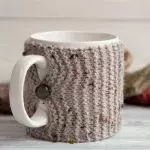

Mugs can also have or do without handles. Thick walls give a person the opportunity to calmly hold such an object in his hand at the moment when there is a burning drink inside.
What is the difference and what is common between a mug and a cup
There are several signs that determine the difference between a cup and a mug.
- The first difference is the difference in wall thickness. In the mug, they are thicker, which allows the vessel to keep the hot state of the drink longer. The walls of the cup are thin, the drink cools faster in it.
- The vessels are distinguished by their volume. On average, a cup can be filled up to 180 ml, which is the volume parameter of standard dishes. The loading of the container has a certain dependence on the drink that is poured into the container. The smallest variety has a volume of no more than 50 ml.

The cup should fit in the palm of the drinker.
A standard mug with a medium size has a volume of 250 to 500 ml.
- The cup comes with a saucer. This is attributed to the heating of the thin walls of this type of cookware. When hot tea, coffee is poured into it, drinks are given a little time to cool down. But if you don't want to wait, the hot drink is poured into a saucer. The simplest configuration option is a wide saucer with raised edges and a cup with an even wide bottom, which can be conveniently placed both on the saucer and on the table.
- The mug is a simpler vessel for daily use. Cups, if they make up a service, are bought for special events, served in restaurants, in cafes.
- Mugs are not associated with a specific purpose. Any drinks are poured into them in volumes suitable for containers. Cups, according to etiquette, may have specific conditions of use. They can serve rare varieties of tea and coffee.
- The shape of the cup resembles a hemisphere. A mug can be distinguished by the fact that it can be compared to an elongated cylinder.

Today, the vessels have the same purpose, but 100 years ago they were intended for drinking completely different drinks.
What can you drink from cups and mugs
Modern culture does not set strict rules about which drinks to use from which dishes. People use what is most convenient for them, what gives them comfort.
Broth cups
Observations force us to admit that in humans both types of dishes can be used in the same way, but there are times when only one type is suitable for a certain drink.
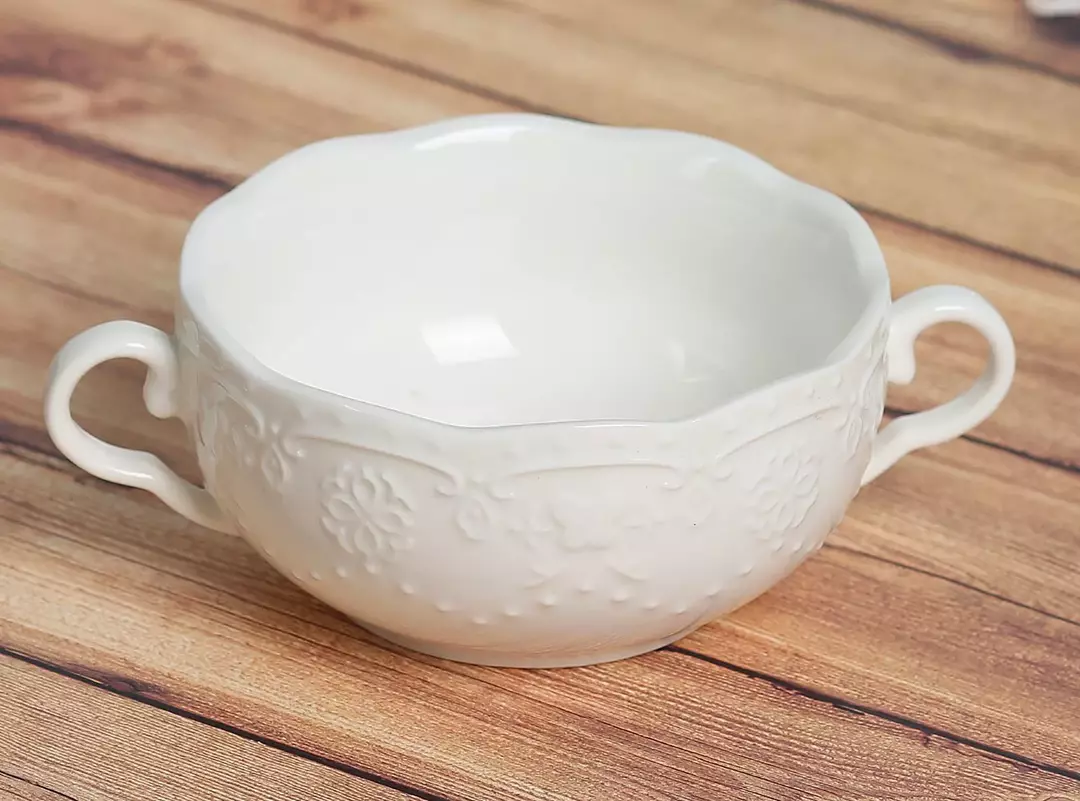
Despite the convenience, only broth can be used from such dishes.
For example, some cups are more suitable for hot broth. They have two handles at once. Often they are kept for only one purpose - to eat hot liquid first courses from them.
Beer mugs
Large mugs over 250 ml. are called "beer mugs". They are made from clay, glass. They have a thick handle that grips the entire height of the mug. The standard version is a faceted glass mug. They drink beer from this.
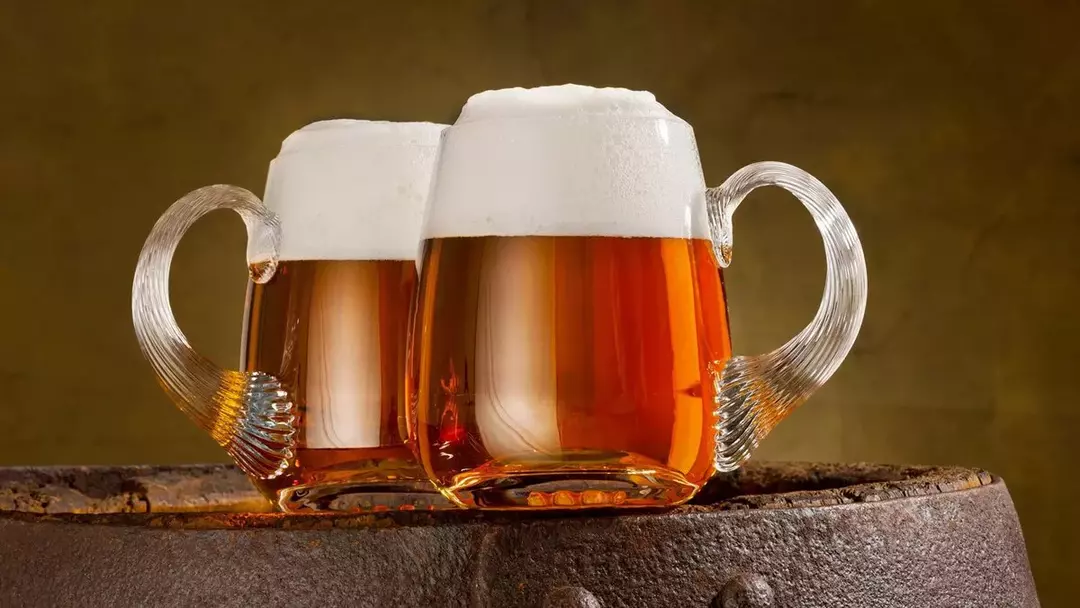
In summer, kvass is also poured into such dishes.
Tea cups and mugs
More often at home, they use standard cups and mugs designed for drinking tea or coffee. Their volume allows you to accommodate a small amount of an aromatic hot drink. Having thin walls, they do not keep warm for a long time. Hot tea, coffee in the cup is quickly cooled. Hence, the conclusion is that this is a type of tableware designed for quick consumption of a hot drink.

It is advisable to give preference to high-quality earthenware or porcelain, since the thermal conductivity at the walls will be lower.
Due to its volume, the mug does not limit the consumer's desire to enjoy hot tea and coffee for a longer time. A person can drink large quantities of their favorite drinks from a mug. The thick walls of the mug keep the drink warm for a long time. In addition, the mug is available to be a dish that allows the simultaneous brewing and drinking of liquid.

A cup is more suitable for drinking a small amount of coffee and tea.
By way of example, several well-known names for coffee drinks can be designated, as well as the types of tea that are drunk from tea cups. Among the coffees are espresso, latte and americano. Today it is customary to buy tea in teabags, which are brewed directly in a cup or in a large leaf form. In the latter case, tea is brewed in a teapot, which is served separately.
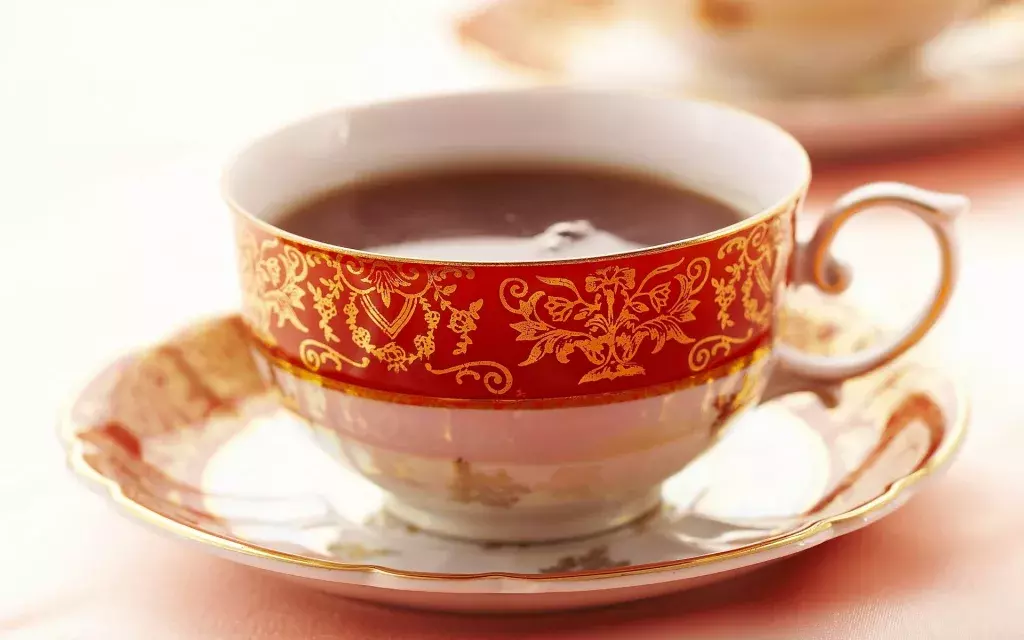
The cup usually comes with a saucer set.
Bowls are recommended for cold drinks. Sake is drunk from such vessels in Japan. You can also try Japanese vodka from bowls in Russia by visiting a Japanese restaurant. Making and serving sake is a whole ceremony.

It is recommended to drink cold drinks from a bowl, especially when it comes to drinking sake.
Ceremonies also exist in the culture of drinking tea drinks from cups. In addition to the fact that other dishes cannot be used in them in addition to cups, there are rules that must be followed. The same rules exist behind the scenes for ordinary tea drinking.
- The teaspoon should not be in the cup during or after tea.
- Grasping the tea handle with your fingers, do not bend one finger. This was considered appropriate only during the Victorian era.

Due to its high caffeine content, tea is recommended to be consumed after meals.
What is the correct name for a mug without a handle
It is customary to call such a mug a bowl. She presents a kind of cup without handles. It has a hemispherical or truncated conical shape. This type of tableware is used for drinks, first courses. You can store food in it.
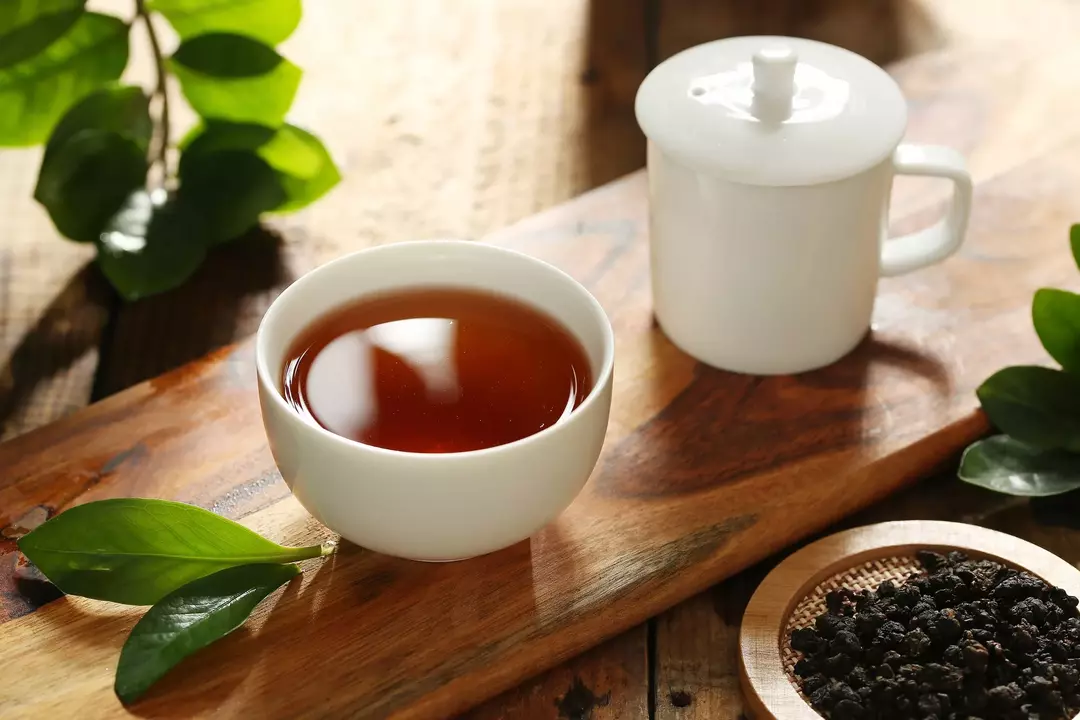
In Europe, tea is drunk only from special bowls, the volume of which does not exceed 100 ml.
Bowls have been known since BC. Their origin is attributed to the second half of the 1st millennium. The first utensils of this kind were made from clay by potters. Modern designs are mainly manufactured products.
A bowl is not always associated with a mug. Despite the fact that the density of its walls allows the hot drink to retain heat for a long time and the volume can be quite large. Many peoples, when asked what a cup without handles is, also call a bowl.
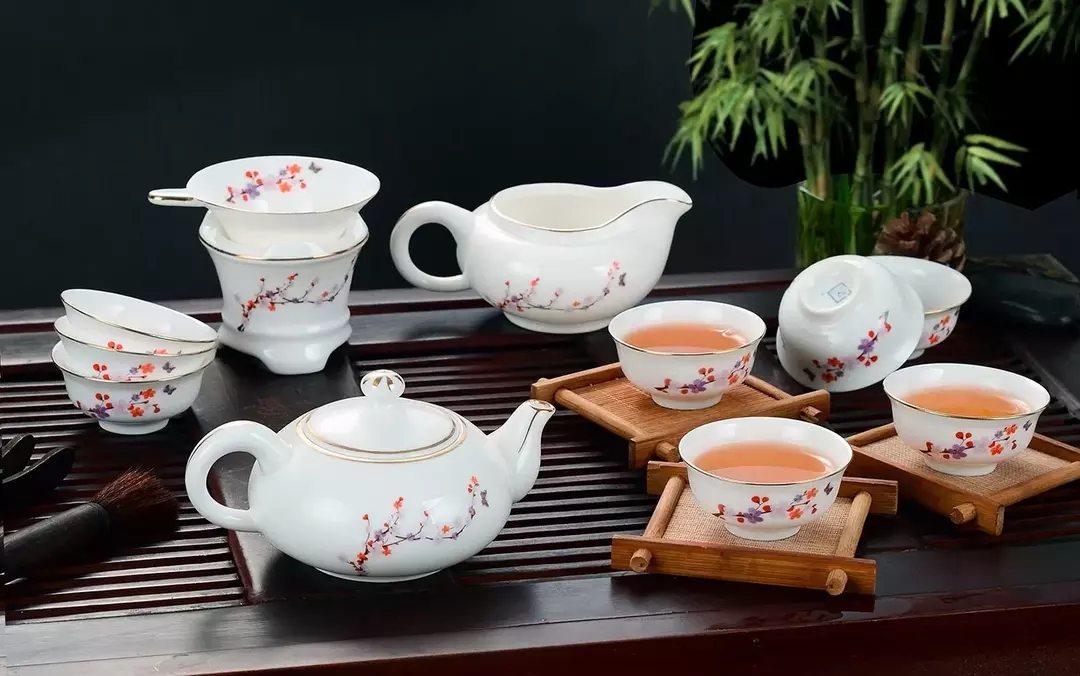
In China, the volume of the bowl should not exceed 50-60 ml.
Note! The bowl has many purposes. In different countries, it is used both as a vessel for tea and as a dish for food. For example, in Asian countries, it is often referred to as an Asian cup for tea or for serving rice.
Features of the care of cups and mugs
Cups are usually made with a white inner lining. This is done with ordinary earthenware, ceramic dishes and porcelain. After drinking tea or coffee from them, plaque remains on the inner walls. The same happens if you drink concentrated juices from them. The dishes will look ugly. If you do not wash it, the plaque will firmly adhere to the surface and you can only get rid of it if you work hard with a sponge.
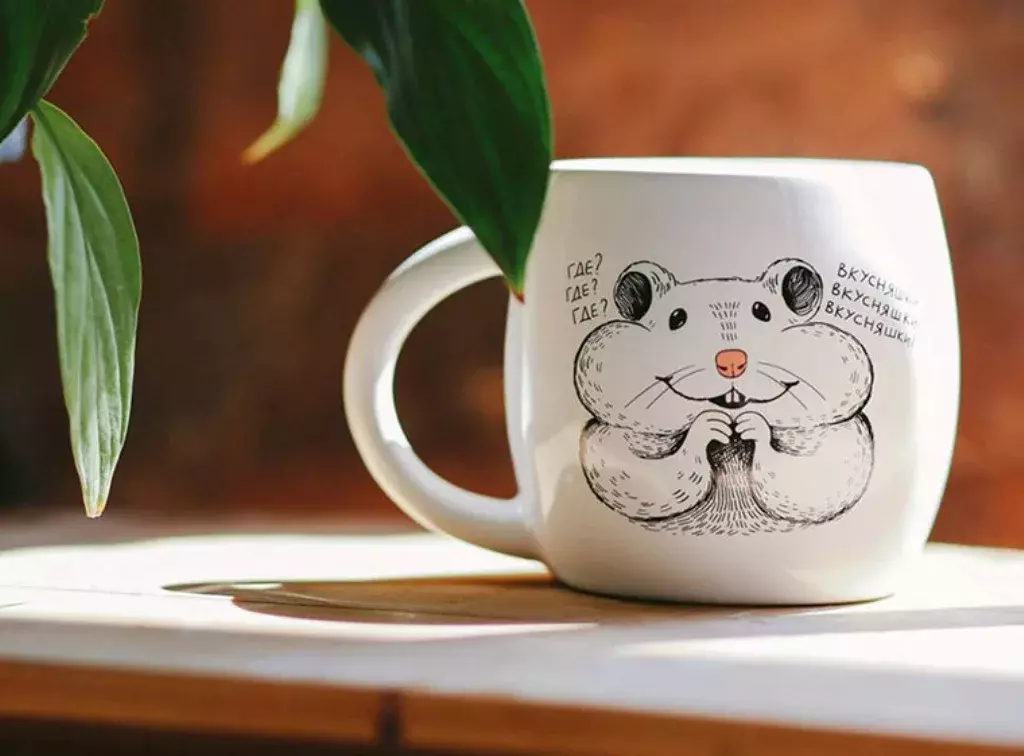
Thanks to the volume, you can brew tea directly in the vessel.
It is necessary to wash tea utensils immediately after they have been used for their intended purpose, not to wait a long time.
The mugs can have either a light or an inner coating that is the same with the outer design. Due to their durability, they can be washed in dishwashers by placing them in separate compartments. The same goes for other assorted tea utensils with dense walls.
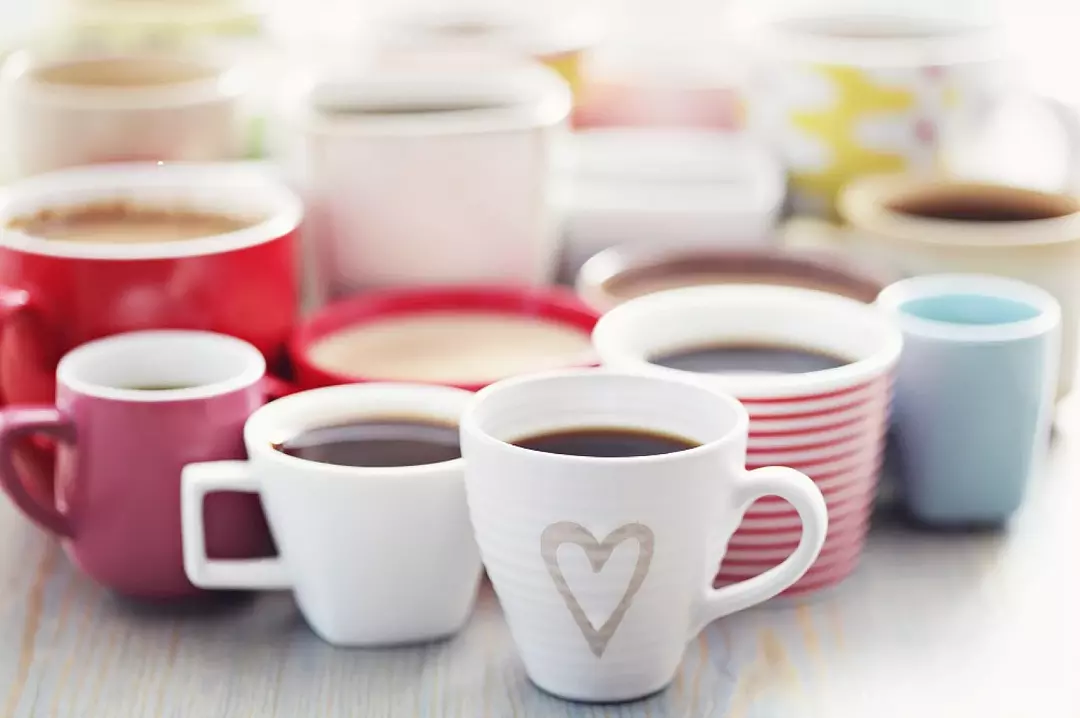
Thin walls do not accumulate heat and allow you to quickly cool the drink.
Various means are used to wash. They may vary, but must be safe for humans and have an effective cleansing effect. Today, such qualities are attributed to the Faery washing gel with a safe composition.
There are varieties of cookware that only require manual care. These are products made of porcelain. This requirement applies to all china utensils. The dishwasher cannot be used in this case. Porcelain has very thin walls. Rapid water currents pouring over the dishes inside the machine after switching on can damage them.
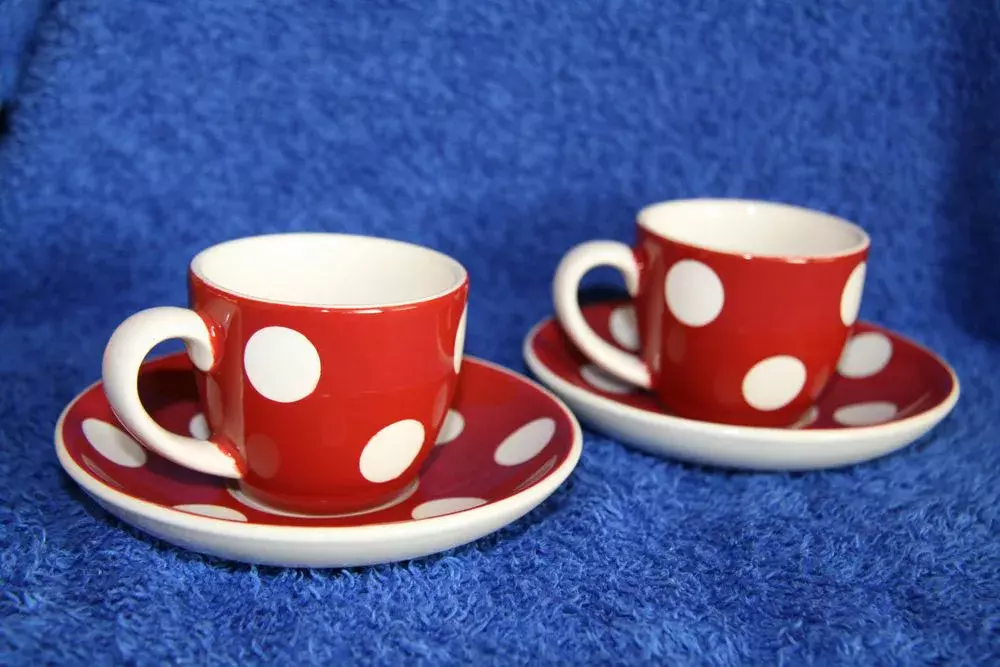
A cup is a container for a quick drink.
Porcelain is washed gently in warm water with soft sponges. Then they are put on the table upside down to drain the water. A special absorbent towel should be purchased.
Conclusion
It is not difficult to distinguish between types of dishes for drinking hot and cold drinks. The criteria for differences can be the shape, volume, material of manufacture. It should be remembered that there is no single clear division between such products. It all depends on the historical perception of such objects by a particular nationality.
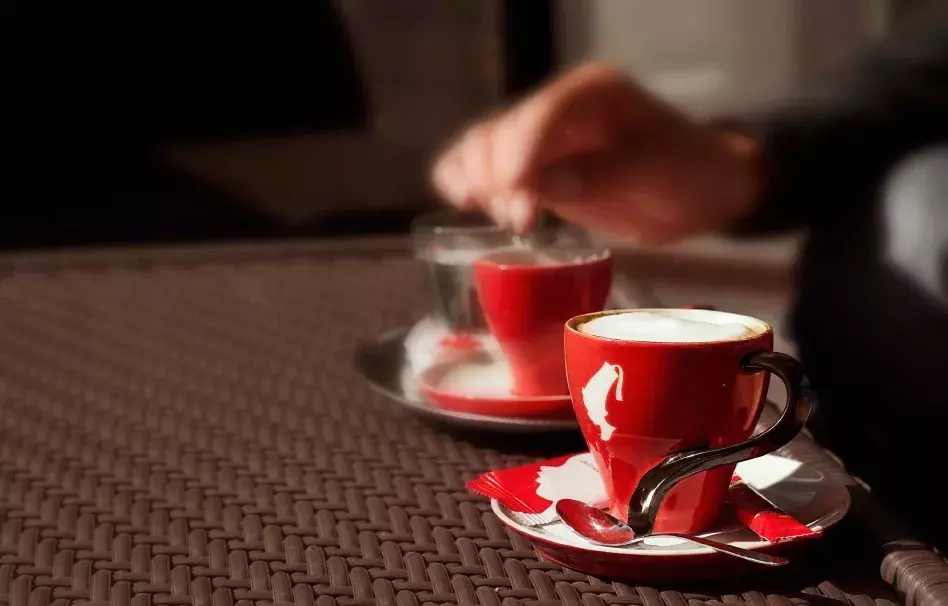
The cup is in the shape of a hemisphere, and the circle is in the shape of an elongated cylinder.
VIDEO: Original gift mugs from AliExpress.
PreviousTablewareFeatures of the glass teapot
NextTablewareRotating glasses Shtox

